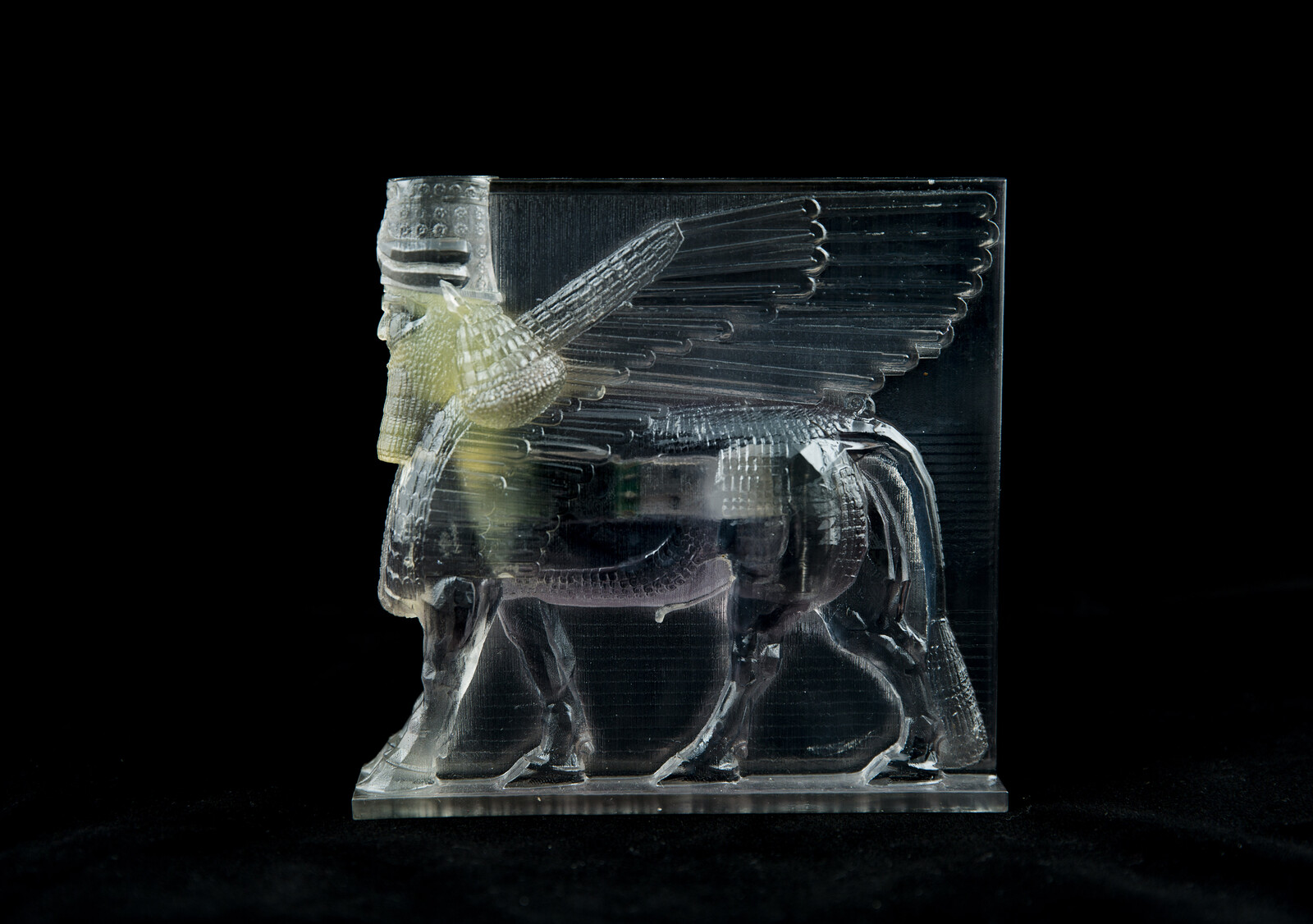The Aggregate Architectural History Collaborative is proud to publish a new dossier of original essays, The Destruction of Cultural Heritage: From Napoléon to ISIS, edited by Pamela Karimi and Nasser Rabbat.
Published on the occasion of the recapture of ISIS-controlled areas in Northern Iraq, these essays by prominent scholars of Middle Eastern art and architectural history document, quantify and theorize the demolition of cultural heritage in the Middle East, taking a long historical view that encompasses instances of destruction of the cultural heritage in the Middle East from the Napoleonic invasion of Egypt in 1798 to the demolition spree of ISIS today. Exploring the agency of ancient monuments in today’s cultures, the ways in which this agentival capacity has been enacted or rejected through acts of violence, care, mediatization, or indifference, the authors of the essays in this collection describe the impact of obliterating architecture on our psyches, cultures, philosophies, and historiographies.
The Destruction of Cultural Heritage: From Napoléon to ISIS
Introduction
Pamela Karimi and Nasser Rabbat, “The Demise and Afterlife of Artifacts”
Part I: On Erasure and Its Aftermath
Annabel Wharton, “Exhibition and Erasure/Art and Politics”
Michele Lamprakos, “Memento Mauri: The Mosque-Cathedral of Cordoba”
Sussan Babaie, “DNA Damage: Violence Against Buildings”
Thomas Stubblefield, “Iconoclasm beyond Negation: Globalization and Image Production in Mosul”
Part II: On Civility, Barbarity and Acts of Violence Against Inanimate Objects
Kirsten Scheid, “Artfare: Aesthetic Profiling from Napoléon to Neoliberalism”
Talinn Grigor, “The Thing We Love(d): Little Girls, Inanimate Objects, and the Violence of a System”
Esra Akcan, “Modernity as Perpetual War or Perpetual Peace?”
To spur further research and reflection, a compilation of essential sources and news reports of instances of cultural demolition accompanies the essays.
Appendix: A Selection of News Articles on the Destruction of Cultural Heritage in the Middle East


